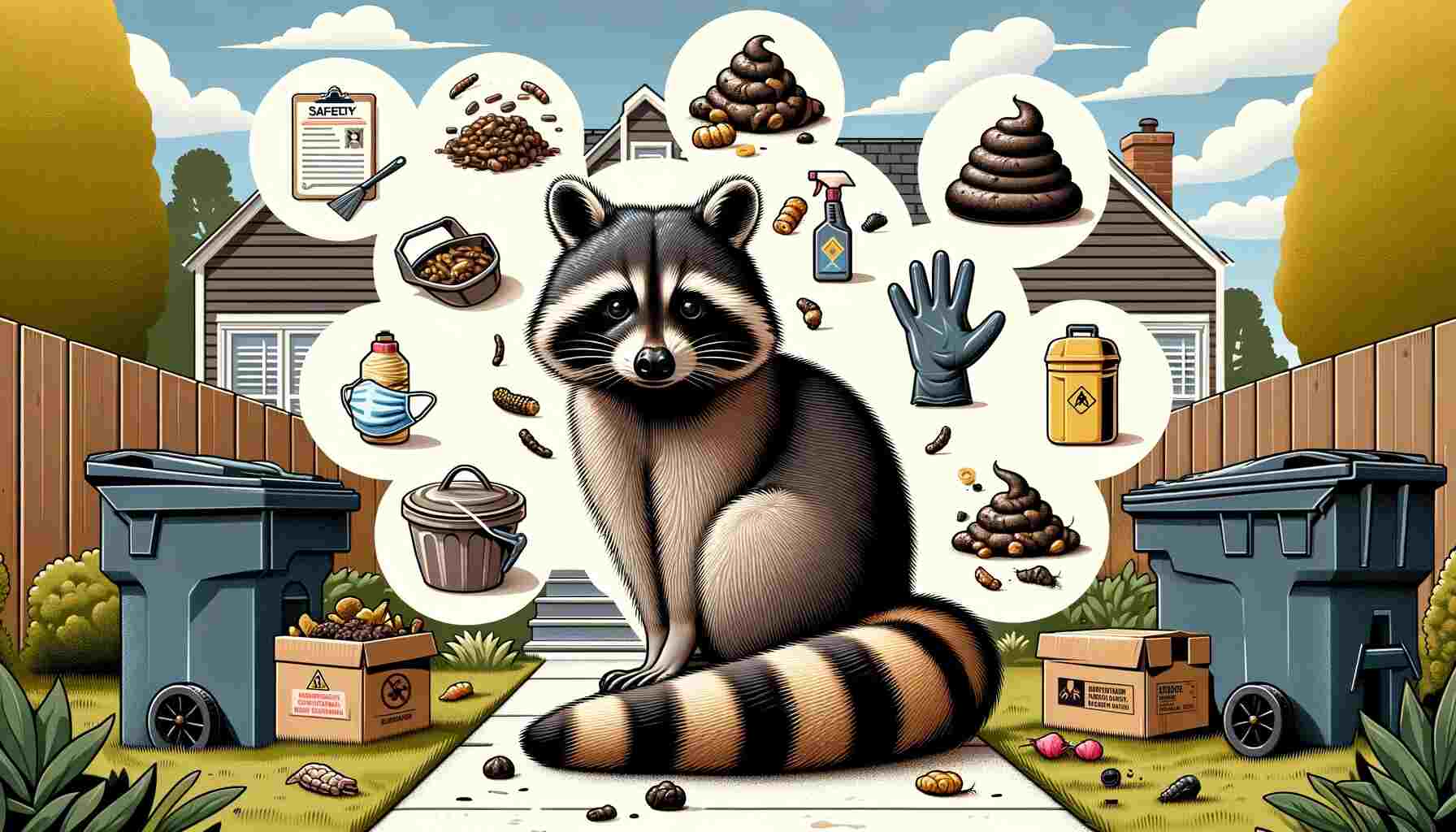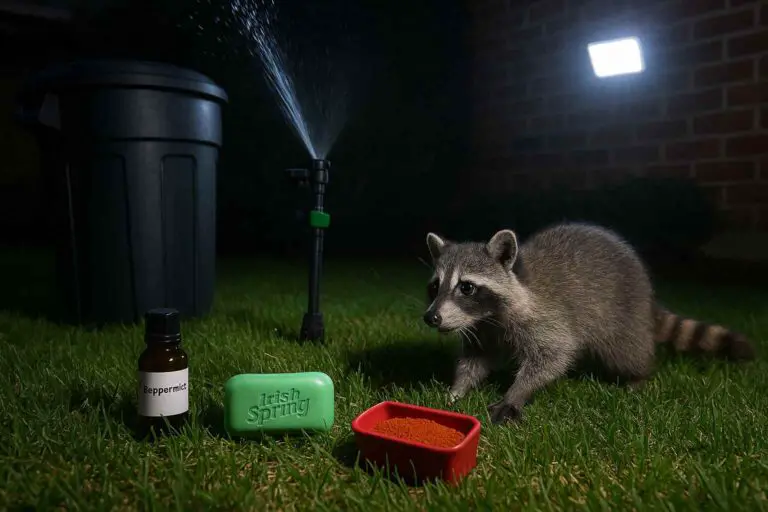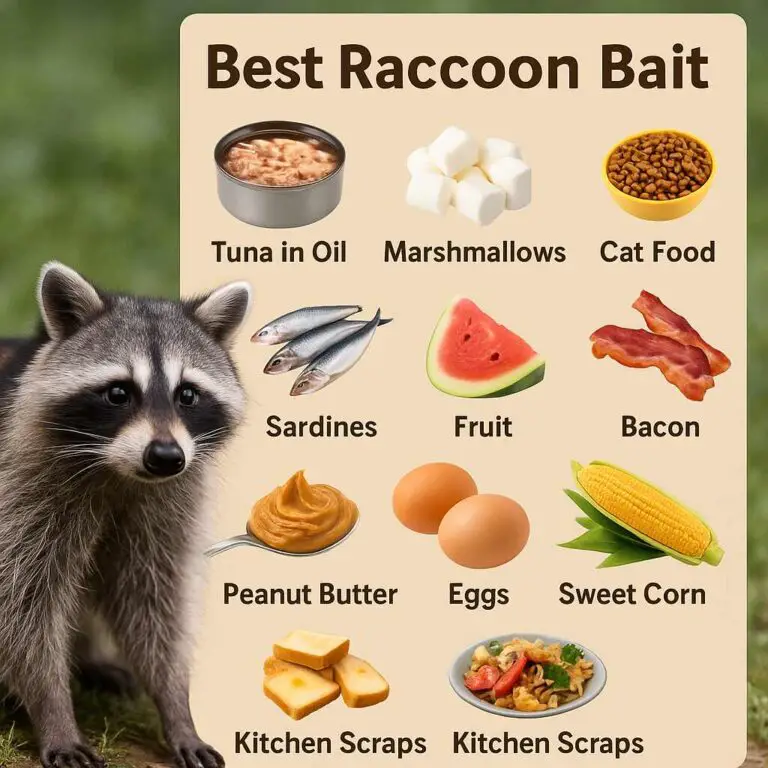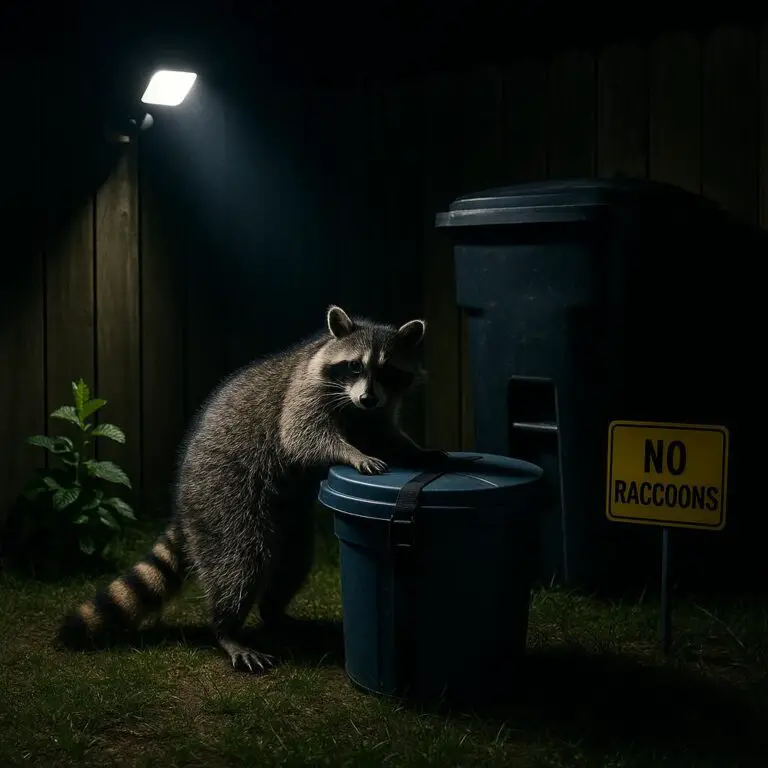Raccoons are common in urban and suburban areas, often leaving behind their droppings in various locations. Understanding how to identify, safely handle, and prevent raccoon feces is crucial for maintaining a healthy environment. This guide covers everything you need to know about raccoon feces, from identification and health risks to cleaning and prevention.
What Are Raccoon Feces?
Raccoon droppings resemble small dog feces but have distinguishing features. They are dark in color and have a strong, unpleasant odor. Often, you will find undigested seeds and other food remnants within the droppings. Because raccoons frequently use the same latrine sites, you’ll often see a mix of older, dried droppings and fresh, wet ones.
Identifying and handling raccoon feces properly is essential due to the health risks they pose.
How to Identify Raccoon Feces
Raccoon feces are typically dark in color and tubular in shape, with blunt ends. They often measure 2-3 inches in length and about half an inch in diameter. The feces usually contain undigested seeds, berries, and other food remnants, making them distinct.
Comparison with Other Animal Droppings
- Dog Feces: Smoother and more uniform in texture.
- Cat Feces: Smaller and typically buried, as cats prefer to cover their waste.
- Rat Feces: Smaller, pellet-like droppings with pointed ends.
Visual Identification Tips
- Shape: Tubular with blunt ends.
- Color: Dark, often with visible food remnants.
- Location: Commonly found on flat surfaces like roofs, attics, and yards.
Health Risks Associated with Raccoon Feces
Diseases
Raccoon feces can carry Baylisascaris procyonis, a parasitic roundworm dangerous to humans and pets. This parasite can cause serious health issues, including neurological damage. Other pathogens found in raccoon feces can lead to respiratory and gastrointestinal problems.
Symptoms and Health Impacts
Exposure to raccoon feces can result in symptoms such as nausea, lethargy, and abdominal pain. In severe cases, infection with Baylisascaris procyonis can cause severe neurological damage, leading to long-term health issues.
Common Locations for Raccoon Feces
Raccoons often create latrines, which are specific areas where they repeatedly defecate. These latrines can be found in:
- Yards: Near trash bins, gardens, and compost piles.
- Attics: Especially if there is an easy entry point.
- Garages: Often in corners or secluded areas.
- Roofs: Particularly flat roofs or roofs with accessible entry points.
Safety Precautions
Steps to Take When You Find Raccoon Feces
- Avoid Direct Contact: Do not touch the feces with bare hands.
- Protective Gear: Wear gloves, a mask, and protective clothing.
- Wash Hands: Thoroughly wash hands after handling or cleaning raccoon feces.
How to Safely Clean Raccoon Feces
Cleaning Methods
- Preparation: Wear protective gloves, a mask, and disposable clothing.
- Disinfect: Spray the area with a disinfectant to kill any pathogens.
- Removal: Use disposable cloths to remove the feces.
- Dispose: Seal the waste in a plastic bag and dispose of it in the trash.
- Clean Tools: Disinfect any tools used in the cleaning process.
Proper Disposal Techniques
- Do Not Use a Vacuum Cleaner: This can spread contaminants.
- Double Bag: Place feces in a sealed plastic bag, then place that bag in another sealed bag.
- Municipal Disposal: Follow local guidelines for disposing of animal waste.
Prevention
Tips to Keep Raccoons Away
- Secure Trash Bins: Use raccoon-proof lids.
- Remove Food Sources: Keep pet food indoors and clean up fallen fruits and nuts.
- Seal Entry Points: Close off any openings in attics, garages, and basements.
Sealing Entry Points
- Inspect Your Home: Regularly check for gaps, holes, and potential entry points around your home’s exterior, including roofs, chimneys, and vents.
- Use Heavy-Duty Materials: Seal openings with metal mesh, hardware cloth, or heavy-duty caulking to prevent raccoons from gaining access.
- Trim Trees and Shrubs: Keep branches trimmed away from your home to reduce raccoons’ ability to climb and access higher entry points.
- Install Caps and Covers: Use chimney caps, vent covers, and other protective barriers to secure common entry points.
Removing Attractants
- Clean Up Fallen Fruits and Nuts: Regularly clean up any fallen fruits, nuts, or other food sources from your yard.
- Store Pet Food Indoors: Keep pet food and water bowls indoors, especially overnight.
- Secure Compost Piles: Use raccoon-proof compost bins or enclosures.
FAQs About Raccoon Feces
Common Questions and Answers
Q: Can raccoon feces be harmful to pets? A: Yes, raccoon feces can transmit parasites and diseases to pets, such as Baylisascaris procyonis and other pathogens that can cause serious health issues.
Q: What should I do if I find raccoon feces in my yard? A: Take immediate action to safely clean and dispose of the feces. Wear protective gear, disinfect the area, and remove any attractants to prevent further raccoon visits.
Q: How can I tell if my attic has raccoon feces? A: Look for clusters of dark, tubular droppings with blunt ends and visible food remnants. You may also notice a strong, unpleasant odor.
Q: Is it safe to clean raccoon feces myself? A: Yes, but you must follow safety precautions, including wearing protective gear and disinfecting the area thoroughly. If you’re uncomfortable, consider hiring a professional.
Q: How often should I check for raccoon feces? A: Regularly inspect your property, especially if you live in an area with a high raccoon population. Weekly checks can help you catch and address issues early.
Additional Resources
1. Studies and Statistics
- CDC on Baylisascaris: Detailed information about raccoon roundworm can be found on the CDC website CDC Baylisascaris.
- Leptospirosis Information: For more on Leptospirosis, visit CDC Leptospirosis.
2. Helpful Products
Conclusion
Understanding the risks associated with raccoon feces and taking proactive measures to manage and prevent contamination are essential for maintaining a healthy and safe environment. By identifying raccoon feces accurately, addressing health risks, cleaning up properly, and implementing effective prevention strategies, you can protect your home and family from potential dangers.
Remember to stay informed, use protective measures, and seek professional help when necessary to handle wildlife issues responsibly.








